The Sikh RenaissanceIf you've read my blog, you'll know that I don't always 'get' art. I grew up in a council estate, first world poor, and interpreting art was the last thing on my mind. However, recently, I've attended some art exhibitions and my appreciation for art is growing. Additionally, over the past few years the growth of interest in Sikh art has helped plug me into the importance of art as an effective medium for story telling and sharing important messages. It's into this renaissance of Sikh art, and a growing awakening of the importance of art within me, that I visited the Art of Punjab exhibition in Birmingham, The growth of Sikh artThe 'Mind' exhibition is a collection of art created by Panjabi born Canadian artist Kanwar Singh - better known as 'Art of Punjab'. It was the first exclusively Sikh exhibition I visited since the memorable 'Empire of the Sikhs' exhibition in London by Davinder Singh Toor (which you can read about here). I first came across Art of Punjab almost 10 years ago - before the impact of many of the current generation of Panjabi Sikh artists like Baljinder Kaur, Inkquisitive, Harjinder Singh, Bhagat Singh, Jatinder Singh Durhailay and other artists. Until then, almost all the images I had seen of Sikh history were created by artists like Sobha Singh and Kirpal Singh almost a century ago. Sitting at home as a youngster, Art of Punjab completely blew me away with its hyper realism and modern day interpretation of key events in Sikh history. After mainly seeing one type of artistic depiction of Sikh Gurus and shaheeds in Gurdwaras growing up (Sobha Singh), Kanwar Singh's paintings seemed so 'cool', 'expressive' and 'different'. I used to sit in my bedroom imagining all the Art of Punjab paintings I'd purchase when I could eventually buy my own home and afford to decorate it when I was older. Today, Art of Punjab paintings are well known across the Sikh nation and his paintings can be found all over Sikh websites (often with no credit back to the original creator). Despite being born in Amritsar, and growing up in Toronto, Kanwar Singh has also opened his first permanent exhibition in Slough, UK near the Guru Maneyo Granth Gurdwara. More recently, the Art of Punjab team have decided to tour their exhibition - called 'Mind', bringing it to Sikhs across the UK. The first stop was Birmingham and I took the opportunity to revisit the beautiful Library of Birmingham to check out the exhibition. A venue fit for an exhibitionThe exhibition is called 'Mind' and it focuses on the importance of simran meditation in Sikh philosophy. It looks at the strong link between meditative spirituality and Sikh heritage, exploring how through this focused practice, Sikh Gurus were able to merge with the One Truth, and how Sikh shaheeds and warriors were able to battle against the odds while showing remarkable resilience and steadfastness. The aim of the exhibition is to show attendees that we still have the gift of focused practice through naam simran (meditation on the One Truth) and how we can use that to battle against challenges in the modern world. Importantly, the exhibition was hosted in the Library of Birmingham, the largest regional library in Europe, and one of the more beautiful and accessible buildings in the UK's second city (you can read more about the library here, and here). It not only gave the exhibition some gravitas, but it also meant that non-Sikhs were more likely to attend - in fact, during my visit, non-Sikhs made up perhaps 10% of the total visitors. Secondly, the exhibition seemed busy, and that is always important. Sure, I went on the last day of the exhibition which perhaps was busier than usual, but I was really happy when I had to queue outside for 5-10 minutes - because there were so many people inside - it meant the exhibition was popular. The story of 'Mind'The exhibition is well laid out and is not too big - you can probably view the whole thing in less than an hour, and nursing a football related ankle injury, this worked well for me. The path of the exhibition takes a chronological order, from the message of Guru Nanak and his initial exposition on the importance of the mind and how best to control it, through all the Gurus, ending with Sikh shaheeds from the 18th century onwards.. Underneath all the paintings there are passages describing the stories behind the paintings as well as quotations from the Shabad Guru, Guru Granth Sahib. It's a nice but important touch because it ensures the artist's interpretation falls within the explanation given by our Gurus. Having artistic license is important, but ensuring that license to be creative is supported by the underlying message is even more important. It was great to see some of the paintings up close. Some of my favourites including Guru Nanak on his travels, Guru Arjan transcribing the Adi Granth, Mata Bhaag Kaur leading the Sikhs into battle, and Sahibzada Jujhar Singh entering battle on his horse were all there and looked incredible. Even if you aren't familiar with Art of Punjab, if you have searched anything Sikh related over the past decade, chances are you have come across one of his paintings before and seeing them in real life is a privilege. There were sevadaars (helpers) on hand to explain the paintings and they seemed very knowledgable and open to sharing their thoughts behind the meaning of the paintings, again using Gurbani (the word of the Guru) to explain their interpretations. The lighting and atmosphere worked well, ensuring you could see the paintings clearly, but without being overwhelmed by light. Small interactive video screens showing key points in Sikh history seemed to be less well used, but were a good addition, particularly for kids who seemed to enjoy the interactive digital nature of it. The use of British animator Christian Wood to tell some of these stories through short films gave the exhibition a more holistic feel. Honestly, the whole exhibition was put together really well. At the main entrance of the library was another small exhibition staffed by a couple of Singhs and Kaurs where there were chalkboards with some words (like valour, meditation etc.) and anyone could approach the chalkboards and write what they thought these words meant to them. While having the 10% of non-Sikhs visiting the exhibition was great, seeing blue and orange dastaars all throughout the library and surrounding areas was incredible. Single people, groups of friends, and families with small children were all there, and exhibitions like this are a brilliant way to spread the message of Sikhi - both within our nation, but also more widely so others can also understand who we are, what we stand for - and perhaps some of these meditation techniques can be useful for them too. Should you visit 'Mind'?The short answer is yes, absolutely. Over the past 10 years the number of Sikh artists has grown, and Sikh art is going through somewhat of a renaissance right now. My tastes have also changed as I've grown, and currently I really like the Pahari style paintings of Jatinder Singh Durhailay, Sunroop Kaur and Dilrani Kaur. I've also grown to value the importance of historical accuracy as a way of better connecting us to our roots. Art of Punjab is heavily influenced by the paintings of Sobha Singh and are a modern update. It keeps a sense of familiarity we are accustomed to, while updating Sikh art for the modern age. However, this familiarity and artistic license introduces different elements of Sikh history into one. For example, the illustration of Banda Singh Bahadur riding through the plains of Panjab is beautiful, but also has a modern day Nishaan Sahib which wasn't designed until almost two centuries after his death. It isn't a bad thing, after all, as the artist, Kanwar Singh is well within his rights to use his expressive creativity to fuse different elements together and create multiple stories in one. One interpretation of this painting could be that the modern Nishaan Sahib represents all the sacrifices of Sikh warriors and Gurus before it and therefore is the uniting symbol for Sikhs. I also hoped that a little bit more time could have been spent on the focused practice section at the end. For many, and particularly non-Sikhs, understanding focused practice meditation will be the most practical outcome of their visit, and while a frame did well to describe the methods of focused practice meditation, I wish there was a little more. But perhaps that is the goal of such exhibitions, an introduction into elements of Sikhi, enough to pique the mind so that people will go home and learn more. If that is the goal, then the 'Mind' exhibition is an unqualified success. It's hard to write all the stories and practices of Sikhs in a short art exhibition, but 'Mind' manages to do enough to get people (like me) hooked, which is enough for us to go back and do further research. It's an exhibition I massively enjoyed, and my thanks and congratulations to the entire Art of Punjab team for making this possible. Exhibitions like this are incredibly important for the community, and any exhibitions that are run as well as this one only shine a positive light on our growth in the diaspora, and the creative power that resides within the Sikh nation. The exhibition has now concluded in Birmingham, but this was the first stop on a UK wide tour with further cities like Bristol Nottingham, Glasgow and London and timings to be announced. The exhibition is free and you can also visit the permanent exhibition in Slough, which is something I plan on doing. If you live in the Midlands and the north and get the opportunity to visit this touring exhibition, I would absolutely take it. For what it's worth, 10 years on, I still want an Art of Punjab painting for when I move into my own home. Comments are closed.
|
AuthorBritish Sikh, born in the Midlands, based in London, travelling the world seeing new cultures. Archives
September 2023
Categories
All
|
Photos from Johnny Silvercloud, Nina A. J. G., Michael Vadon, jcorrius, mikecogh
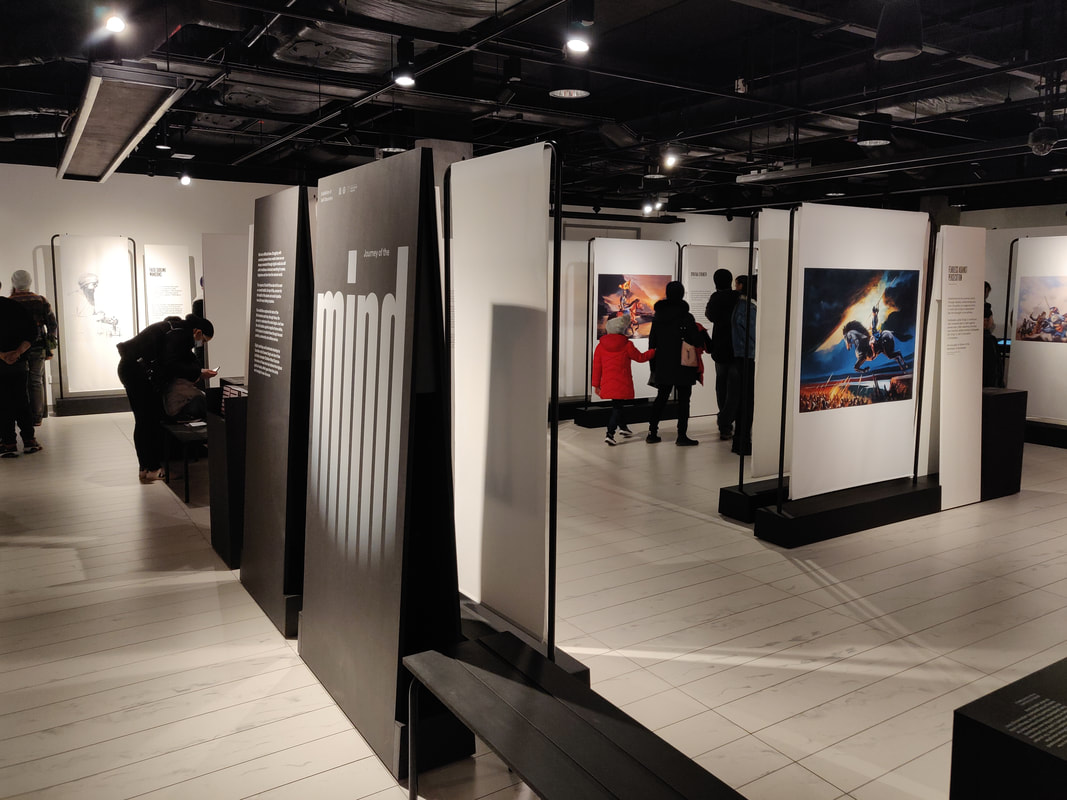
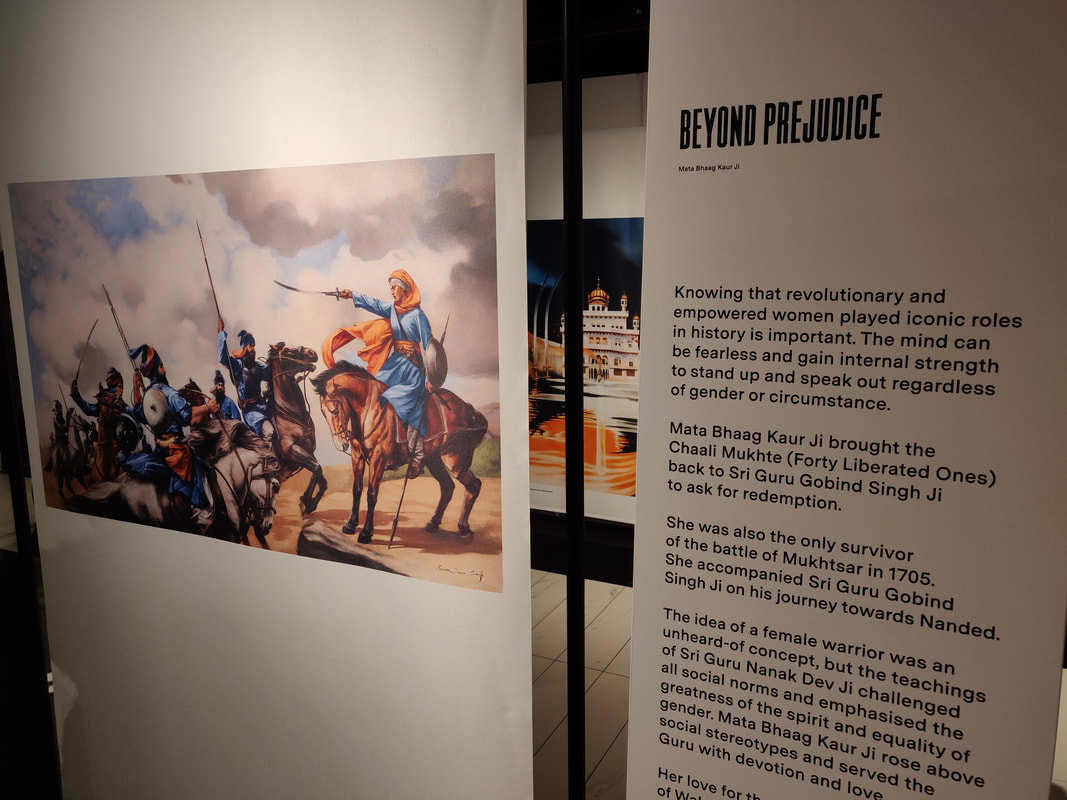
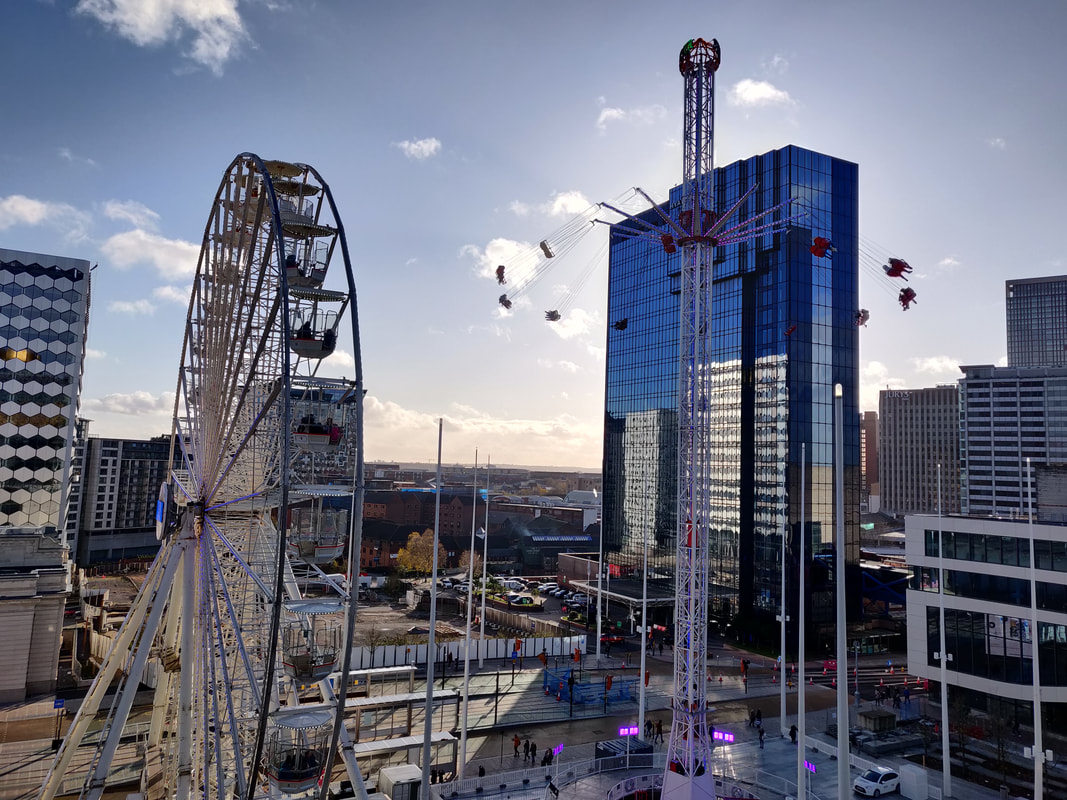
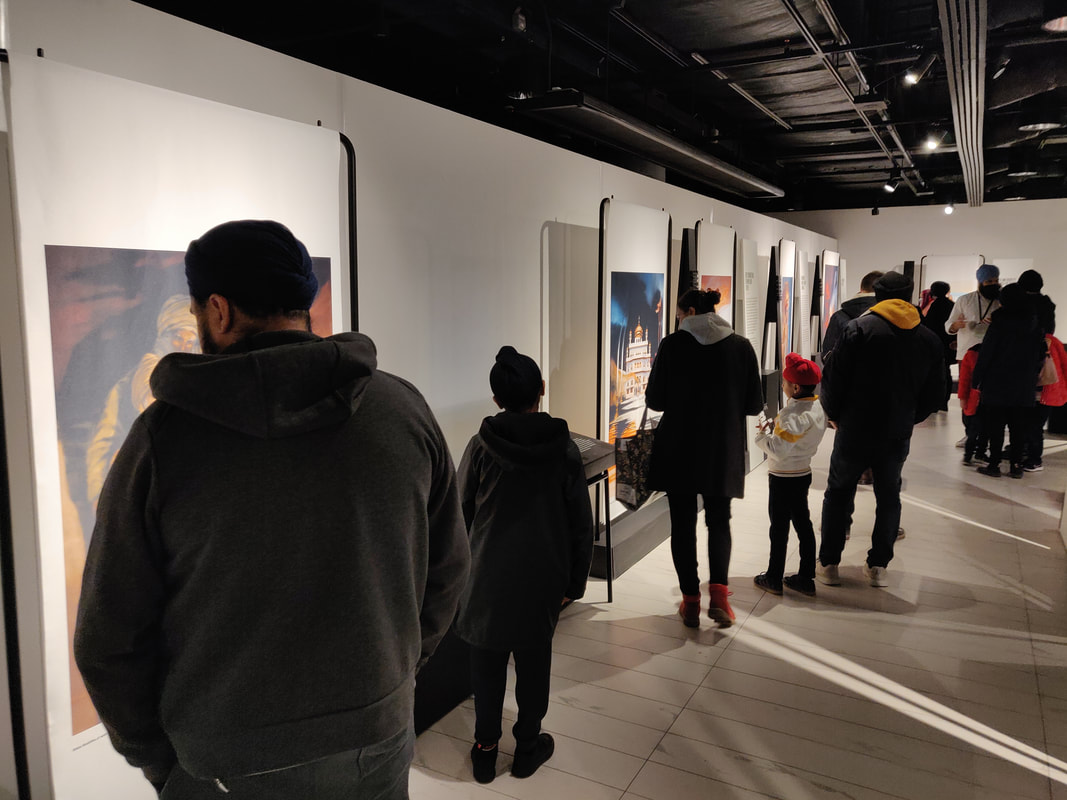
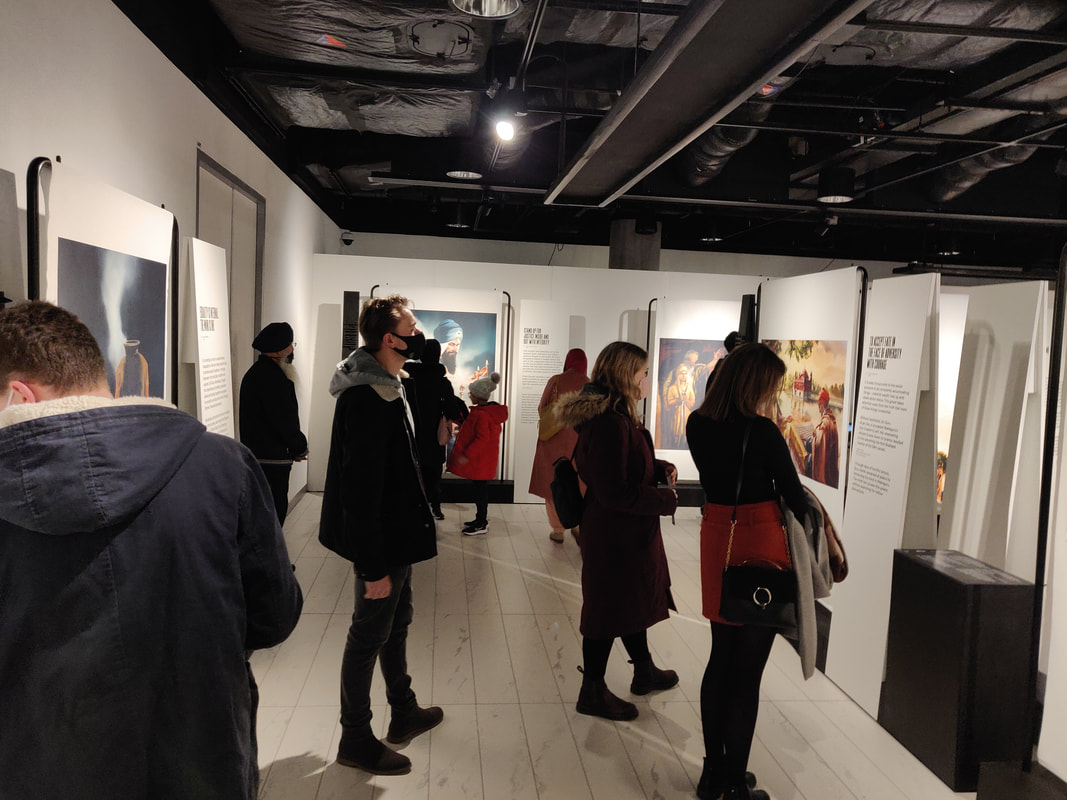

 RSS Feed
RSS Feed